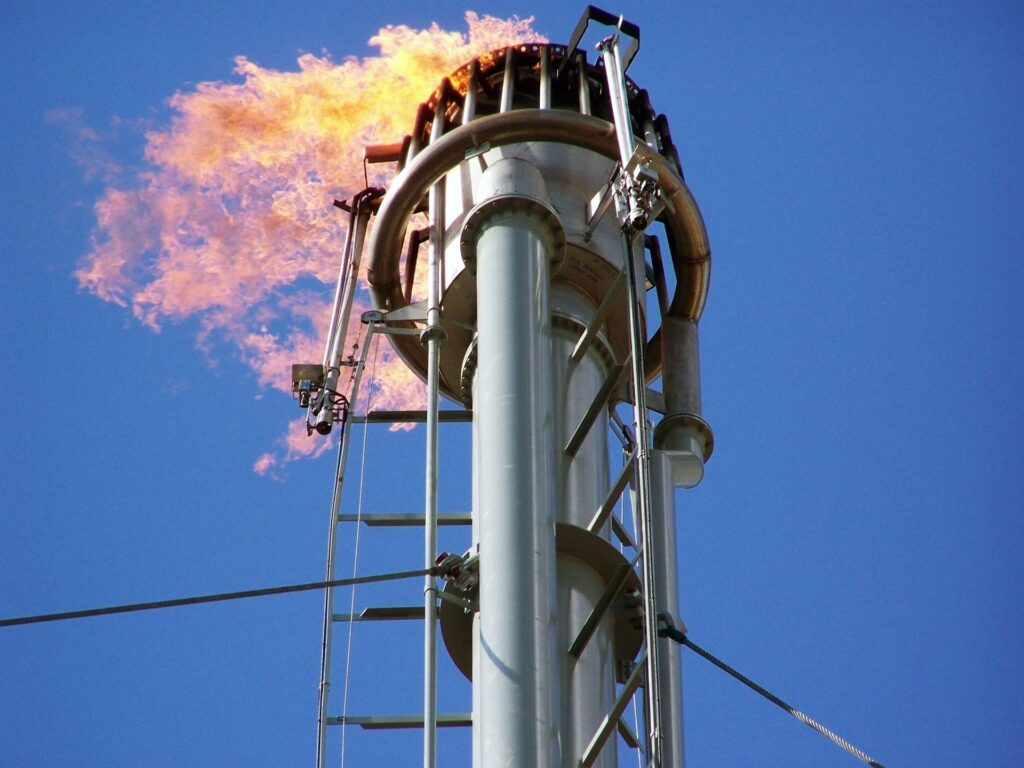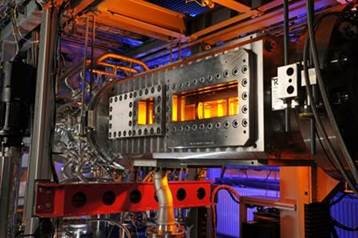
· Hydrogen works combustion technologies to help in reducing the emissions into the atmosphere. This helps in decarbonizing the energy sector.
· Use of hydrogen as a fuel provides a cleaner use of combustion technologies. These technologies help in the decarbonization of the energy sector.
Coal is one of the leading energy source that powers various activities around the world. Despite fossil fuels phasing out, it is still hard to decarbonize the energy sector. This is because the adaptation of renewable energy is still under development. Use of renewable energy has been growing but the sustainability is still uncertain. The uncertainty is from the continued advancement of the technologies. Solar panels and wind power has been the mostly used energy sources. These are in use for the small scale productions to power the main electrical grid. Thus, the use of coal and other fossil fuels will still be in use for longer periods of time. The only disadvantage of using coal is the harmful effects caused by gas emissions.
ACSR cable (Aluminum Conductor Steel Covered) cables used in transmission and distribution lines. The conductor is a type of electrical cable that consist of a central steel core. It is then surrounded by stranded aluminum conductors. The central steel core provides the cable extra strength and firmness. The aluminum conductors offer low weight and high conductivity. The ACSR conductors help in carrying large amounts of current over long distances.
Two combustion technologies that use hydrogen as fuel
These technologies provide an advanced method of reducing the effects caused by emissions. These effects are from gases released from the combustion processes in coal-fired plants. ACSR conductors have a steel core that provides the necessary mechanical strength. Mechanical strength is to support its own weight and conductors weight. The various gases include nitrogen oxides, carbon monoxide, carbon dioxide, methane and Sulphur. Other causes of climate change include dust, water vapor and volatile organic compounds. The two combustion technologies combine the effects of air staging and swirl flow. This combinations completely curb the various climate change effects. The two combustion technologies using hydrogen as fuel as detailed below:
1. Hydrogen internal combustion engine
Hydrogen works as fuel in a modified internal combustion engine. This engine operates like a gasoline engine but burns hydrogen to produce power. The hydrogen stores in high-pressure tanks and injected into the engine as needed. The only waste from the combustion of hydrogen is water vapor. This makes it a clean alternative to using fossil fuels.
2. Gas turbine combustion
Hydrogen is also used as fuel in gas turbines where the hydrogen burns in a combustion chamber. The combustion chamber heats up the air that passes through it. The heated air expands and turns the blades of a turbine. In turn, the wind turbine drives the generator to produce electricity. This is a promising technology for power generation to significantly reduce carbon emissions.
Decarbonizing the energy sector

Decarbonizing is the main agenda for the advancing technologies in the energy sector. This aims at mitigating the production and emissions of the greenhouse gases. The ACSR cable distinguishes by its conductor size, the number of aluminum strands and the diameter of the steel core. Hydrogen internal combustion engine and gas turbine combustion are the main decarbonizing technologies. Discussed below are the various technologies used for decarbonizing the energy sector.
· Solid oxide fuel cells
This technology uses hydrogen as fuel to produce electricity through a chemical reaction. These fuel cells apply in the power generation, heating and other applications.
· Micro gas turbines
These are small-scale gas turbines that apply in distributed power generation. They use hydrogen as fuels and help reduce the emissions of greenhouse gases. ACSR cable have a zinc coating that provides protection against corrosion and rust.
· Direct fired gas turbines
Direct fired gas turbines combust hydrogen directly without the need for a transitional fuel. This technology is mostly suitable for decentralized power generation and backup generation.
· Combustion of hydrogen in industrial processes
Hydrogen is applicable as a feedstock in different industrial processes. These processes include refining, chemicals production and metal production. This combustion process reduces carbon emissions into the atmosphere.
· Hydrogen fuel cells for transportation
Hydrogen fuel cells apply in vehicles to produce electricity. The only byproduct is water vapor. This helps to reduce emissions from the transportation sector.
